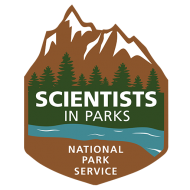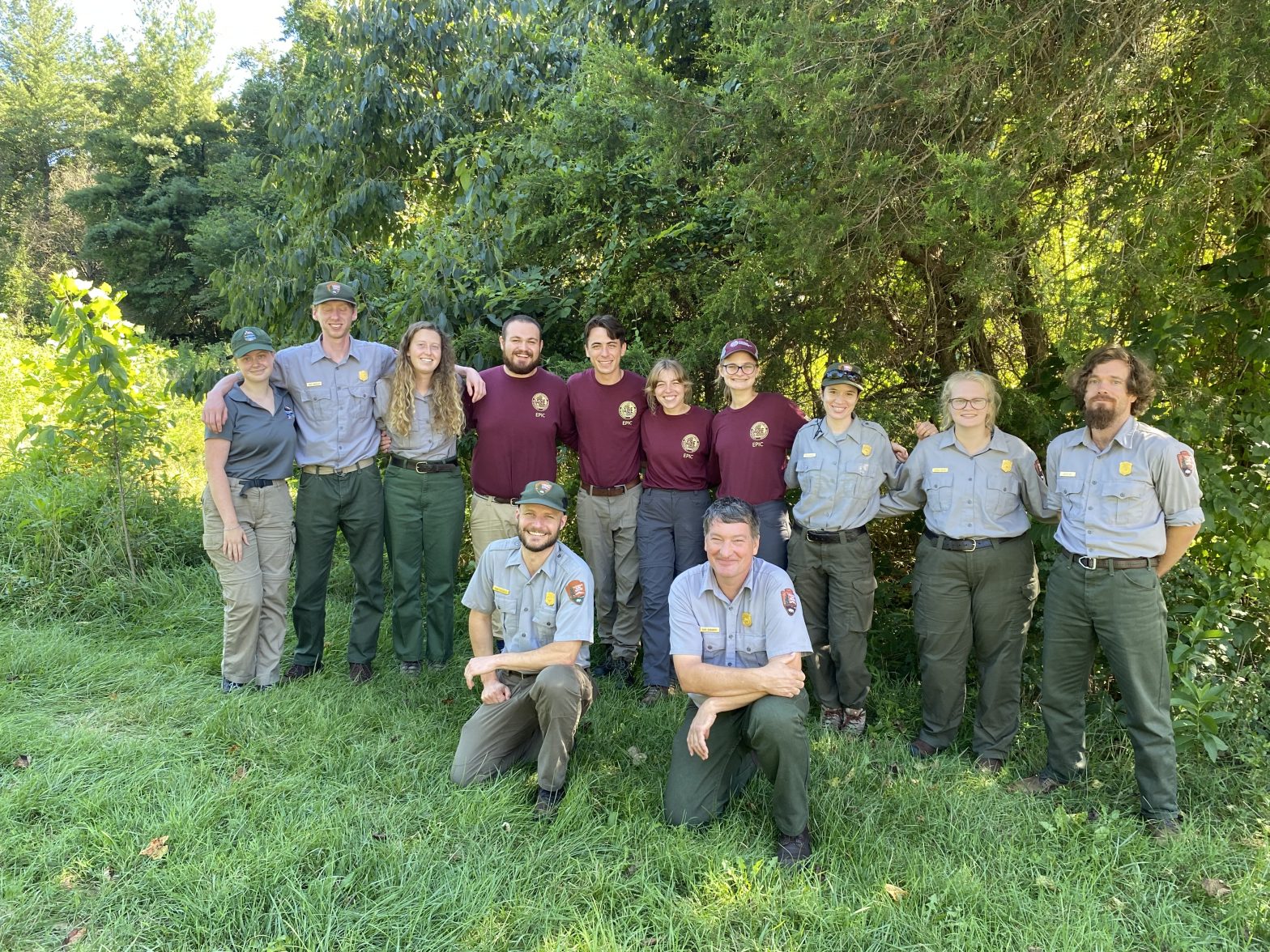Hello again, one last time from Shenandoah National Park! My time at the park is winding down, and I am reflecting on my experience as a SIP fellow.
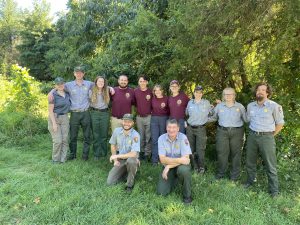
When I arrived in mid-June, I wasn’t sure what to expect. The rest of the fish crew had already been here for three weeks or more, so I was the last to arrive. It was not an issue; my roommates and the rest of the crew were so welcoming, and I was excited to join them this summer!
I stayed in a large farmhouse at the park and practically lived on our porch swing to beat the heat. I made friends with the skunk, deer, mice, groundhogs, frogs and toads, squirrels, and foxes that lived around us.
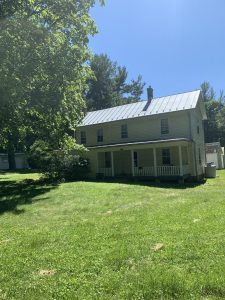
In my spare time, I went for hikes and swam in lakes and rivers within the park. I also learned more about the history of the town of Luray and Page County, Virginia. I visited Washington, D.C, to see the sights while I was on the East Coast.
I remember my first few days were a barrage of paperwork. I completed onboarding and learned about safety, NPS rules, the park, and its history. I discussed with my mentor the important role the division of natural and cultural resources plays – specifically in natural resource conservation.
One particular issue the park and the division of natural and cultural resources are facing is climate change, specifically, how it affects native brook trout populations. As the climate warms, so do stream temperatures, decreasing the amount of suitable brook trout habitat within the park. The park wanted to develop a community-science program to track trends in brook trout habitat loss, vulnerability to climate change, and brook trout presence within the park. I was hired on for this purpose.
I discussed with my mentor the goals for my project. My focus was to write and test a protocol for an underwater brook trout monitoring program, then decide if an underwater video or eDNA-based approach would work best for a community science program.
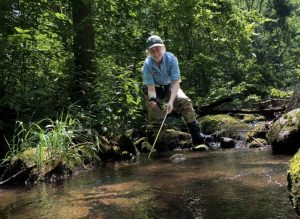
This summer, I spent most of my time in the field with my GoPro cameras, testing different methodologies and figuring out what worked best. I simultaneously wrote down this protocol as I made improvements for the park to use should they choose the underwater video method. I was able to test my protocol on two different groups of seasonal employees and ACE interns. They gave me valuable feedback on the clarity of my directions and writing.
Once I had collected enough video data, I analyzed it. I found that the method was effective at detecting brook trout but that the methodology had room for improvement. It showed that the recording period length I had chosen may have been too short, and I may not have sampled enough times per stream. Moving forward, I decided to only increase the number of samples taken per stream because I could not choose to change both due to camera battery constraints.
Even after the change was made to the methodology, we realized it might not be the best approach for a community science program. The protocol was complicated. Volunteers would have to know what areas to sample, how to use the cameras, how to troubleshoot camera difficulties in the field, how to upload videos, and how to properly identify brook trout in the recorded videos. For those reasons, we decided it might be best to go with the other option, eDNA. I did a cost analysis of what the eDNA method would look like for the park, and I met virtually with some representatives of local schools and Trout Unlimited chapters to gauge interest in the eDNA program. It was met with positive reception. The park’s current plan, moving forward, is that the community science program will be eDNA-based and begin next spring and summer. While it is unfortunate that I will not be here to see the program in action, I am very proud of my work and my decisions to make the program the best it can be for the park and our volunteers.
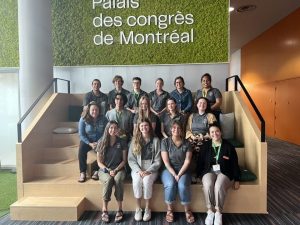
During the 10th week of my stay at Shenandoah National Park, I joined the rest of the SIP Fellows in Montreal for the Annual ESA meeting. I gave a short presentation about my work this summer and the park’s progress regarding the community science brook trout monitoring program. I had never presented at a professional conference before, but it was a positive experience for me. I enjoyed meeting the other SIP fellows and hearing about their amazing projects in parks across the country. I had the chance to network and connect with some professionals in areas of interest to me, specifically eDNA. I was able to bring back valuable information and advice to strengthen the program at the park. Hopefully, these are connections I can continue to foster in the future.
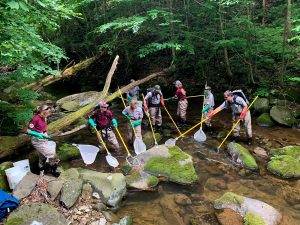
In addition to my own project, I was able to help the rest of the fish crew with theirs. This summer, they had two main focuses: electrofishing stream surveys (to see what fish species are present in the park) and invasive brown trout removal. I had the opportunity to help with both endeavors many times. I learned so much, from electrofishing to identifying native Virginia fish, trees, and insects.
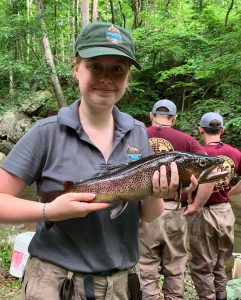
Being a SIP fellow was an amazing experience. I am very grateful for my time at Shenandoah, the people I met, the things I learned, the skills I developed, and the experiences I had. I am also very proud of my work and what it means for the conservation of native brook trout and getting communities involved in science and with their national parks!
Thank you to everyone who makes the Scientists in Parks program a reality: Jessica Johnston, Jessie Ribera, and Teresa Mourad from ESA, Kiersten Jarvis and Chelsea Bitting from NPS, my NPS mentor Evan Childress and all the other NPS mentors across the country. This would not have been possible without you!
